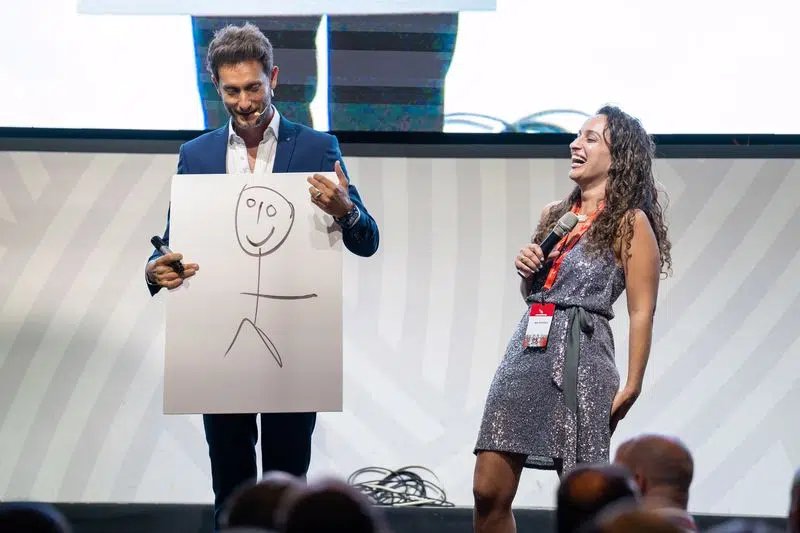
What is the art of distraction?
In the world that we live in today, distractions are definitely part of our daily routines, accompanying us throughout every moment of our day. With endless alerts from our cell phones, tasks that must be tended to at home and at work, the constant pull to check just one more thing on our phones, plans that we want to arrange, and so forth – it is surprising that we even manage to finish anything. But along with the negative aspects of these never-ending distractions, this human tendency can also be harnessed for other purposes, such as the art of distraction, which we will discuss today.
In a reality filled with tons of marketing, political, and personal messages that we all take in on a daily basis, together with a range of gimmicks intended to make us notice something, think something, or want something, one can be certain that distractions are used by many in order to influence you. Beginning with the use of the art of distraction for political or media purposes, through consumer messages, and in the case of the master mentalist and super entertainer Lior Suchard, for enjoyable, surprising, and breath-stopping entertainment segments as well.
What is the art of distraction?
As aforementioned, the art of distraction is implemented on us dozens of times throughout the day. The Smartphone and its many apps implement this very strongly – which is why we are constantly pulled into opening our phones and staring at certain apps for too long. Politicians who use spins to deflect public discourse toward certain stories are a clear form of media distraction. Sales campaigns often include elements that intentionally distract viewers. And there are many more examples. In contrast, distraction techniques, whether self-distraction or using external apparatuses, are also used to help children deal with painful situations or severe illnesses with greater ease.
So what exactly is the art of distraction?
These are different techniques and processes intended, as the name suggests, to distract a person or audience’s mind from a specific issue to focus on something entirely different. The distraction may have various reasons and based on the need and the objectives, the specific type of distraction will be selected.
The human mind is built in such a way that it cannot actually concentrate on many different things and stories simultaneously; it can only divide the attention between the relevant elements, but not absorb them all at once. Therefore, if our minds are distracted in an effective, clever manner, our brains “automatically” divert our attention toward the distraction and lower the attention focused on whatever we were concentrating on previously. The ability to utilize this very human characteristic to create smart distractions that obtain a certain purpose is called the art of distraction.
The art of distraction in the entertainment world
Most of the examples given here of distractions were not exactly positive ones; but the entertainment world manages to show us how the art of distraction can actually be harnessed to create a strong, fun, and more exciting entertainment effect – when performed smoothly by the master mentalist, Lior Suchard.
Magicians, sensory artists, and mentalists use distractions as part of their toolbox for creating the amazing, surprising, and unexplainable entertainment segments that they perform, while this obviously must be executed cleverly and with great precision in order to have the desired effect and not harm the result.
At Lior’s entertainment shows, he creates smart, elegant distractions alongside other mentalism techniques in order to cause participants or the audience to direct their attention and focus in a specific direction and not toward other things, which can make the surprise and the entertainment effect of the segment much more intense.
Want to see this art in action and be awed, surprised, and overcome with laughter, like so many other people in Israel and worldwide? Come see the art of distraction implemented perfectly by Lior Suchard.








